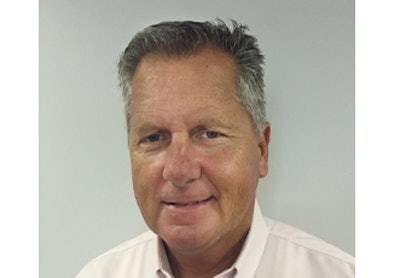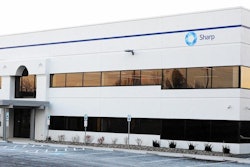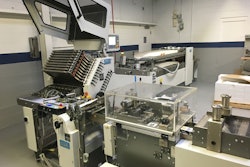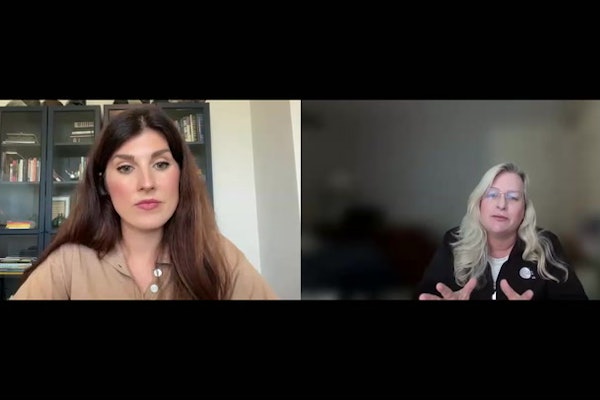As a 40-year pharmaceutical industry veteran, with experience with several manufacturer end-user firms, how do you get the most flexibility and output from your contract packaging facility?
Steve Meeker, President, Legacy Pharmaceutical Packaging: We employ modular concepts for all of our packaging suites so our facility has a great flow of materials and components. It’s similar to a greenfield operation in that these suites are within a wide-open layout in 190,000 square feet. The suite concept allows us to separate potential contamination from incoming materials, such as corrugated. The suites are based on functions, so we have one with HEPA filtration for a fill room, with downstream functions in their own environment. Right now you could say we run 13 “lines on average per day,” and we will have two more installed by mid-to-late 2017.
Does the company try to standardize on equipment suppliers or prefer the flexibility of using multiple vendors?
We do try to standardize, and we do this with our NJM Packaging bottling lines and Cremer tablet counters. I think there is financial benefit in the standardization of spare parts and changeparts. I also think it's important to build on those relationships.
Another advantage with machine standardization is in training our employees on that equipment. We've focused on training, operator certification, and maintenance certification. To build those programs for a variety of different equipment is tougher. So, if you have familiarity with the technical and operational aspects of a machine, it just makes for a more balanced and flexible work crew, it's easier to get people trained, and it helps our employees become subject-matter experts quicker.
That said, we are a contract packager, so flexibility, agility, and increasing customer value are all imperative. How can we achieve that technically? We have several what you might call mid-speed lines, built with fast changeovers in mind. All the lines are built for absolute reduction of any cross-contamination potential. Some of our lines are for larger batch sizes, or jobs may run on a line that is geared to run 180 bottles a minute, so if we have a medium-sized batch it might run on a line that runs 60 to 90 bottles a minute. That is one of our disciplines for tailoring to particular products. Another consideration is minimizing changeovers, based on knowing if we’re running smaller or larger bottles.
How does Legacy Pharmaceutical Packaging differentiate itself from other contract packagers dealing with the same packaging and industry issues?
We are absolutely customer-centric, and our focus is on service level. I would say probably 80 percent of our products can run on multiple lines; so that if we get an order from customer "A," a product might run on one particular line, but we also have a backup, and sometimes a backup to the backup. We maintain a targeted dock-to-dock turnaround time of three weeks.
We want to differentiate ourselves and we know there a lot of good contract packagers and manufacturers out there. I think the key word is agility. We can provide service at whatever level you need, be it a complete turnkey operation or if you just need us to take your materials and convert them into a finished product.
Legacy Pharmaceutical Packaging markets a patented compliance package. How significant is adherence packaging to your business and to your customers?
From a product integrity standpoint, the individual blister packages protect the product more [than typical Rx bottles/vials]. Patients like the compliance package because it helps them stay on their regimented dosing. The pharmacist does not have to deal with counting and filling the prescription, allowing for more time consulting with the patient and providing more of a value-added service.
Unlike a vial, where you might forget whether you took a pill, compliance packaging helps to meet the industry’s drive toward compliance because it makes healthier people and that reduces the global financial burden.
Is there one specific issue that stands out for you and your customers?
Obviously serialization is the concern for everyone. There are technical solutions out there, but I think everybody is scrambling a little bit to understand it and determine how it's going to be accepted in our industry as whole, by providers, customers, and also at the retail level.
As a contract packager, many of our manufacturer customers look to us to handle serialization, so we've had to embrace it. We've had our serialization master plan in place for 18 months now. We're working to get the technical capabilities and the IT infrastructure to support that. We're totally on track. We have great relationships with a lot of the providers, both on the data side and the hardware side.
What impact will serialization have on your packaging process?
It changes the dynamics on the packaging line. With serialization, the case-packer person who was manually loading cases all of a sudden has to be as smart as the filler operator in order to maintain serialization procedures. That changes the dynamics a little bit.
For manufacturers that don’t deem packaging as a core competency, when you add the complexity of serialization to the packaging piece, they may have a tendency to outsource more. Yet I think there will be contract packagers that just won't be able to manage the barriers of entry, be it the complexity of serialization, the intellectual resources, or the investment itself.
After 18 months, we've created a serialization master plan in which all our lines will have serialization capability. Our investment is in the millions and we anticipate developing a personnel staff as well.
On our lines, the beauty of incorporating serialization is that we standardized on Optel Vision cameras and scanners on all of our labeling equipment for vision systems, data recognition, etc. We're going to move straight from the platform that we've already built for labeling to platforms for serialization on a unit basis on the labels to downstream aggregation for the bundles or the shippers.
Beyond developing the company’s serialization process, what keeps you up at night with regard to the industry?
First, you have to reinvent yourself to exemplify and differentiate yourself as a solutions provider. This is an industry or a market where you have to be creating value at all times. I truly feel that. Are we doing enough for our customers in being a solutions provider?
Second, are we working on a long enough horizon? For example, we're experiencing tremendous growth and believe that will continue over the next five years. That's a wonderful place to be, but are we putting enough focus on what we need from a technical standpoint and from a facility standpoint? Are we ensuring that our compliance position is as firm, if not firmer than it needs to be for the future?
Those kinds of considerations keep me up. Is the horizon that I'm working on appropriate to provide solutions in a sustainable way to our customers, to our shareholders, and to our employees? I don't want that to sound too corny, but that's the reality for me. Things change fast but I absolutely believe that customers are longing for their partners to provide the agility they need

























